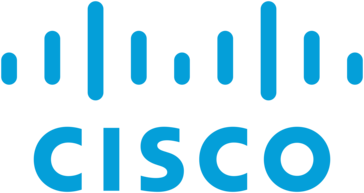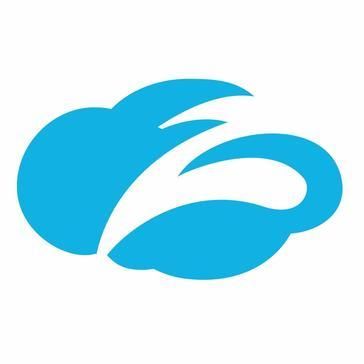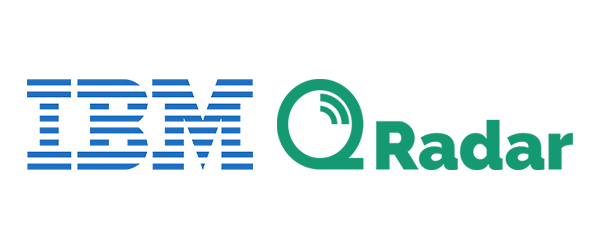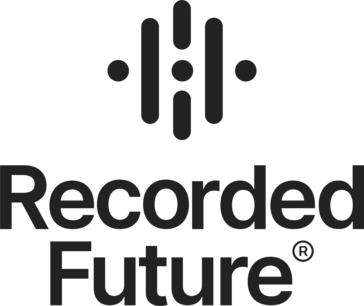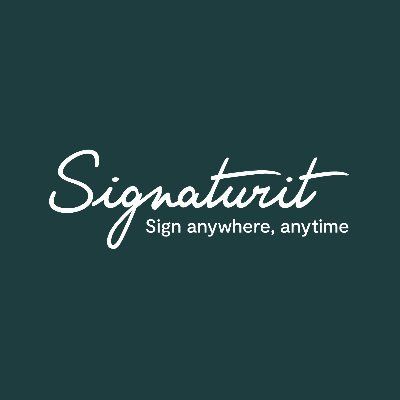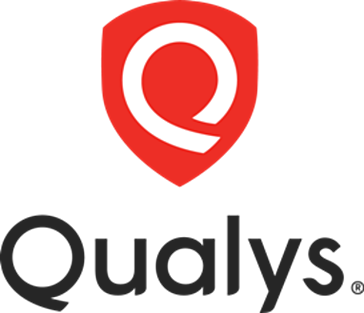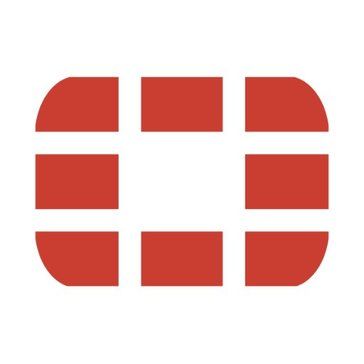
Fortinet FortiGate
Fortinet FortiGate is a leading Next-Generation Firewall (NGFW) solution offered by Fortinet. FortiGate provides advanced security features and high-performance network protection for organizations of all sizes. It combines firewall capabilities with intrusion prevention, application control, and advanced threat protection in a single platform. FortiGate offers comprehensive visibility and control over network traffic, helping to secure both traditional and cloud-based infrastructures. Key features include:
Advanced threat protection and sandboxing
SSL inspection for encrypted traffic
Web filtering and application control
VPN support for secure remote access
Software-defined Wide Area Network (SD-WAN) capabilities
Integration with Fortinet’s Security Fabric for broader security ecosystem management
FortiGate is known for its high performance, scalability, and ability to adapt to evolving security threats, making it a popular choice for businesses looking to strengthen their network security posture.


